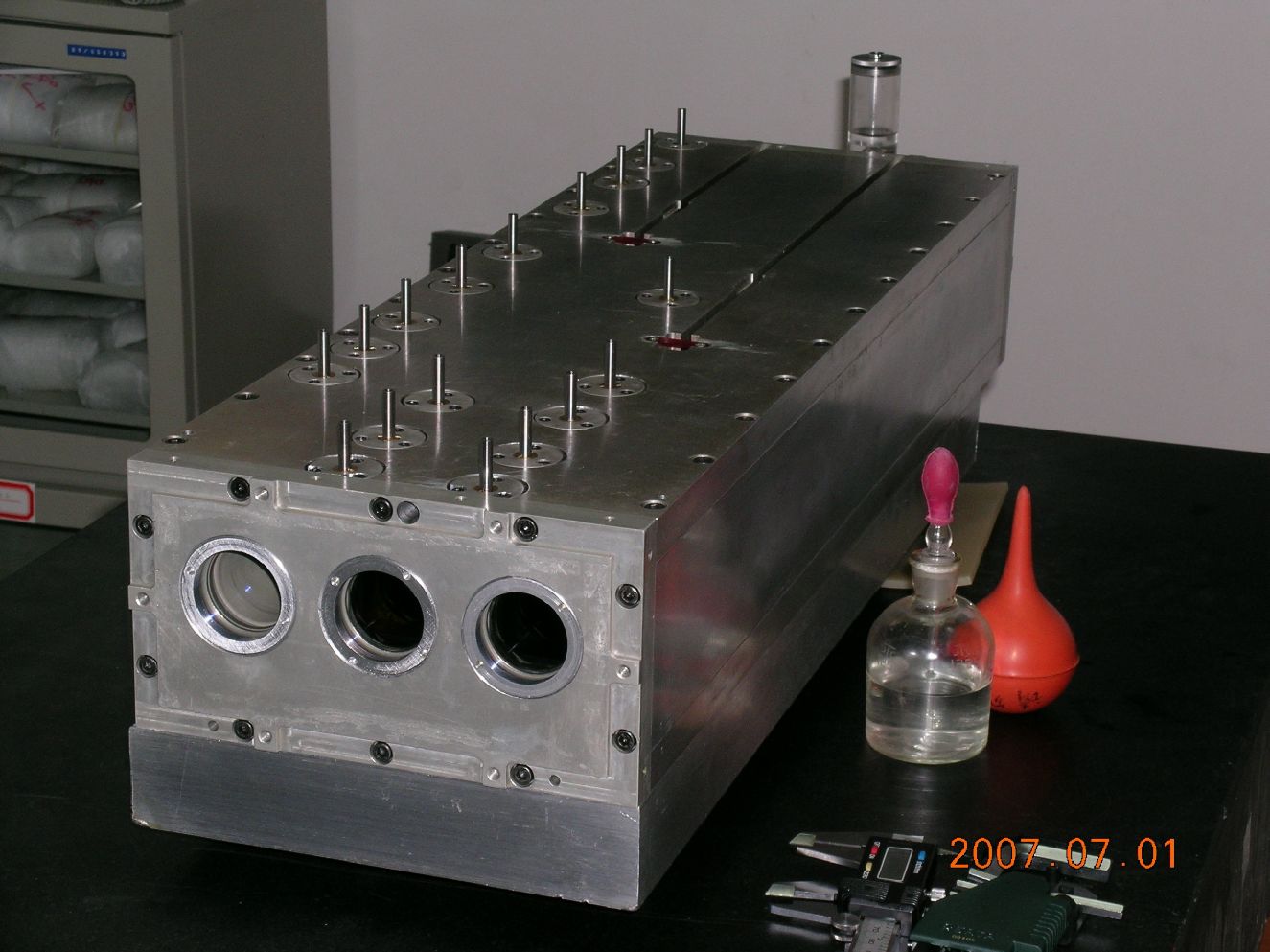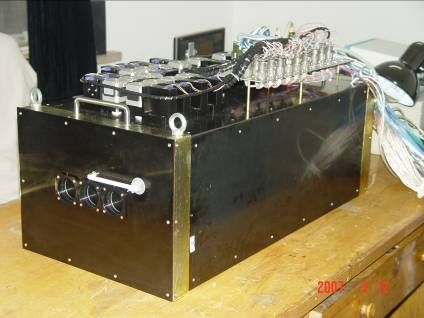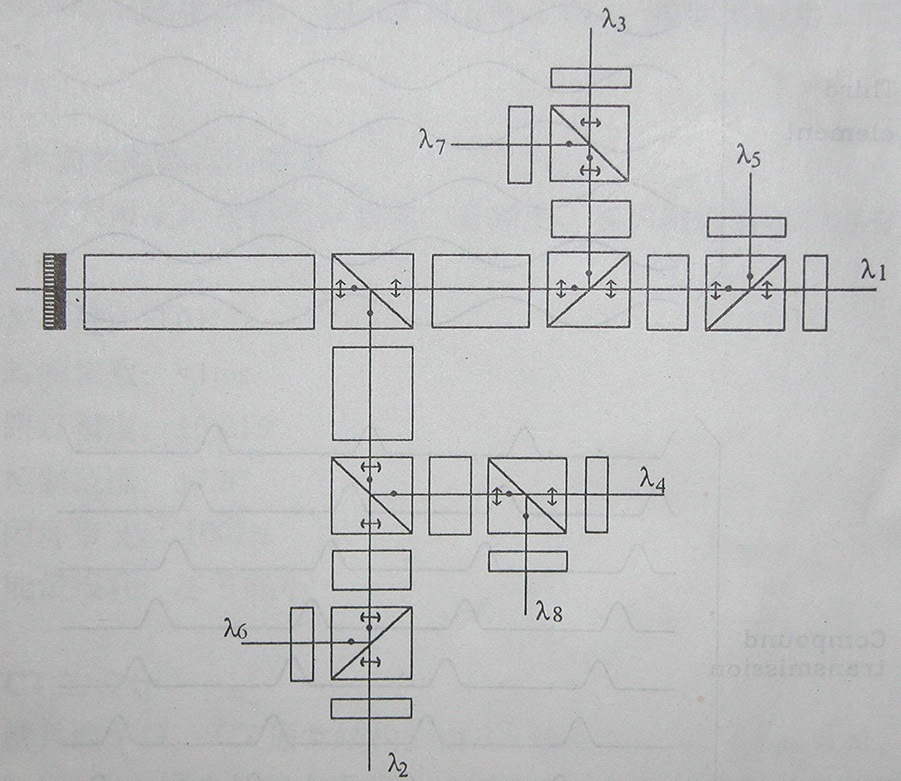
SOLARNET has three telescopes that can be combined for very high resolution
(when directed to UVIS) or that can be used independently for simultaneous
multi-lines
/ heights observations. The Vector Magnetograph (VM) is placed behind one of
the 500 mm telescopes, and UVIS and VM can work simultaneously, each fed independently
by only one of the three Ø500 mm telescopes. Since each telescope is already "large" by
Space standards (Ø500 mm), the flux available allows a fast vector magnetograph
reconstruction (less than 30 s).
In practice, the VM allows to obtain the 2D Stokes profiles in the range 390
to 660 nm in 8 channels simultaneously at 0, ± Δλ, ± 2Δλ, ± 3Δλ,
-4 Δλ of the center of one selected Fraunhofer line.
This is a Universal Multi-channel Birefringent Filter. FWHM is about 0.075 Å @532.4
nm. The spatial resolution (2k x 2k detector) is 0.1 arcsec and the polarization
accuracy extremely high: 2.10-4 (equivalent to ~ 2 Gauss for los mag field).
30 seconds or so are necessary for a set of vector magnetic field.
This instrument is a Chinese contribution (NAOC of Beijing and NIAOT of Nanjing)
to HiRISE. It has been studied and realized (TRL 6 to 8) for the Chinese 1 m
Space Telescope (SST) programme. The prototype will be installed at the Huairou
solar observatory next February for complete test and performance evaluation
of the instrument giving credibility to this 8-channel VM. Results will be available
on http://sun.bao.ac.cn/hsos_datas/. Since 2008 a 3-channels VM is in operation
and gives excellent results.
The schematic concept of the 2D-Multi-channel (8 channels) birefringent filter vector magnetograph using 7 polarizing beam-splitters is the following:

3D view of the VM showing the optical elements and a possible housing:

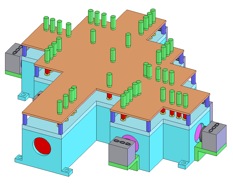
With the 8 bandpasses, we reconstruct a rough Stokes profile in a single observation:
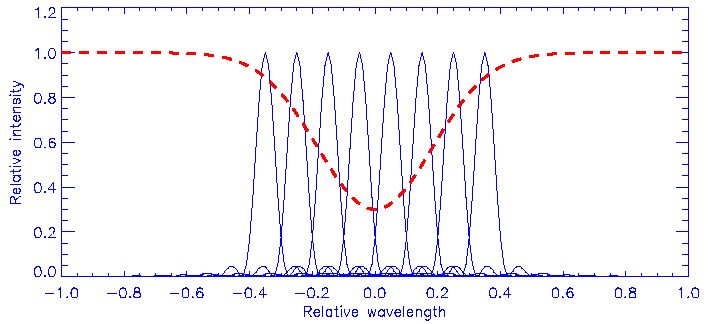
To demonstrate the principle of the VM, a three-channel birefringent filter has been built and is in use at Huairou Observatory since 2008 with excellent results. Very soon (February 2011) the 8-channels testbed for the space version, will be installed and tested at the Observatory:

